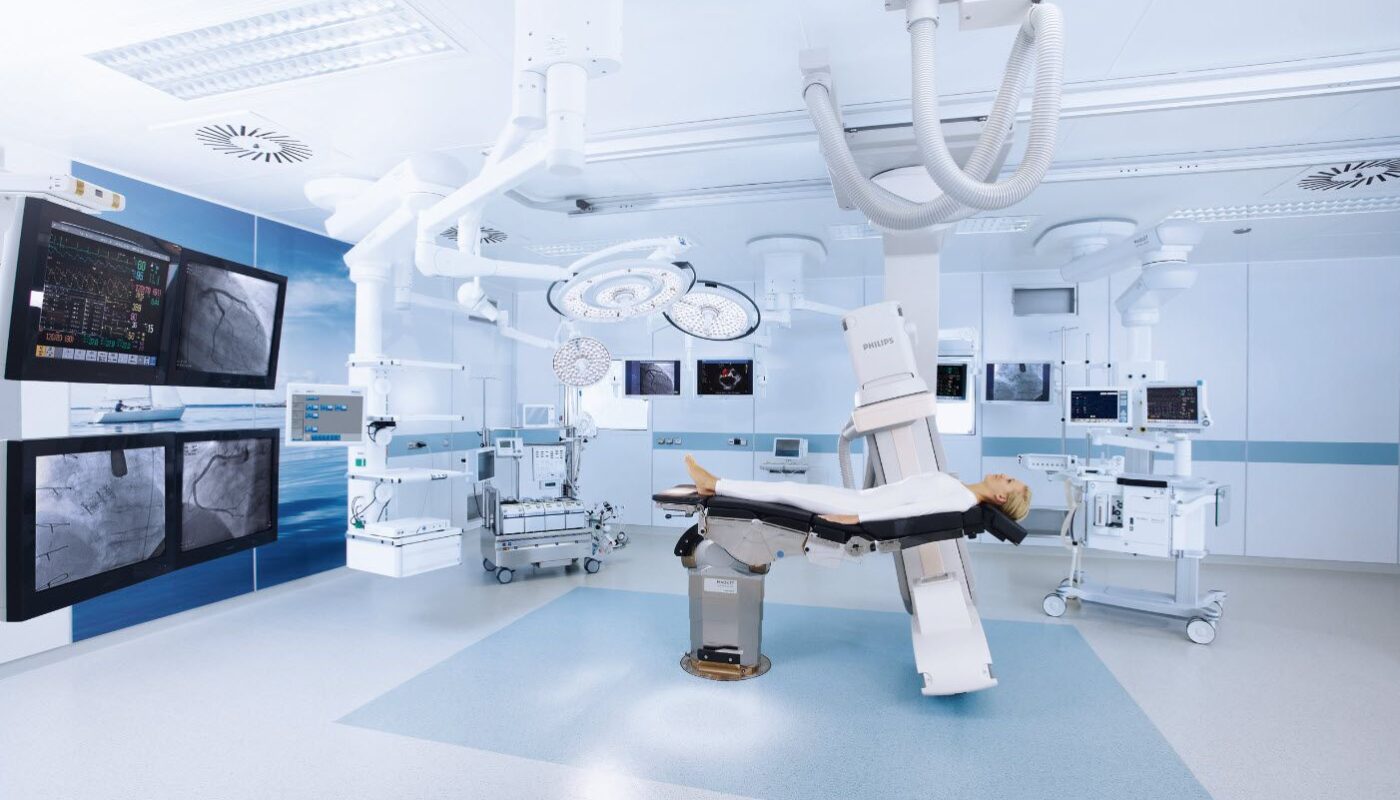Lighting is one of the most important but often overlooked aspects of any building. In a hospital setting, lighting plays an even more vital role in patient recovery and staff well-being. From operating rooms to patient rooms to common areas, the type and quality of lighting can significantly impact outcomes. With advances in lighting technology, hospitals now have opportunities to design lighting solutions that are optimal for different spaces and purposes.
Operating Room Lighting
One of the most important areas for lighting in a hospital is the operating room. OR lighting needs to provide exceptionally high levels of illumination for surgeons to clearly see internal tissues, organs, and fine details during intricate procedures.
Traditional OR lights use various forms of fluorescent and halogen bulbs to produce bright, focused light through large luminaires mounted to the ceiling. While effective, these lights produce significant heat that can compromise a sterile environment. They also require regular bulb replacement adding maintenance costs.
Newer LED OR lights are revolutionizing surgical lighting. LEDs produce high-intensity white light with much less heat output compared to traditional bulbs. This reduces concerns about compromising sterility in the OR. LED lights also last over 50,000 hours, which is 10 times longer than fluorescent bulbs, lowering long-term costs from fewer replacements.
Some advanced LED OR lights offer adjustable color temperature from cool blue to warm yellow. Studies show light at cooler temperatures improves focus for surgeons, while warmer light prevents eye fatigue over long procedures. Additional features like shadow reduction ensure every part of the surgical site is fully illuminated. Overall, LED OR lights are enhancing visual clarity and surgical outcomes.
Patient Room Lighting
The lighting in patient rooms also impacts recovery and well-being. Traditional fluorescent room lights can appear harsh and clinical, further adding stress during a Hospital Lighting.
Most new patient rooms feature softer LED lighting options that are easy to control at the bedside. Dimmable overhead lights allow adjusting light levels for rest, TV viewing, or meals. Bedside lamps provide task lighting without disturbing sleeping roommates.
Tunable LED lights are gaining popularity, enabling patients to select lighting colors from warm tones enhancing rest to cooler daylight simulating tones for activities. Research correlates tunable “sunrise simulation” lighting with reduced patient use of sedatives and improved sleep cycles.
Some facilities are installing automated lighting control that adjusts patient room lighting based on time of day and programmed scenarios. This “lighting as a service” provides consistent circadian lighting therapies proven to aid healing. Overall, thoughtful patient room lighting designs are advancing comfort, health, and wellness.
Common Area Lighting
Outside of patient care zones, lighting in common areas like lobbies, waiting rooms and hallways also impacts the hospital experience.
Traditionally, these spaces use standard fluorescent tubes that provide utility lighting but lack visual appeal. Upgraded LED common area lighting is enhancing aesthetics and ambiance.
Tunable white LED fixtures installed in lobbies allow adjusting lighting colors and tones to suit different times of day or festivals/events for a more welcoming space. Sensors reduce energy use by automatically dimming lights when areas are unoccupied.
Corridor and wayfinding lighting guide safe movement without harsh glare or shadows. Movement-activated wall sconces light entryways while conserving energy. Indirect cove lighting or feature pendants in public spaces add architectural interest compared to basic suspended fluorescent tubes.
Overall, strategic common area lighting is transforming a utilitarian clinical setting into a more soothing environment supporting comfort, calm, and the healing process throughout a hospital.
*Note:
1. Source: Coherent Market Insights, Public sources, Desk research
2. We have leveraged AI tools to mine information and compile it



